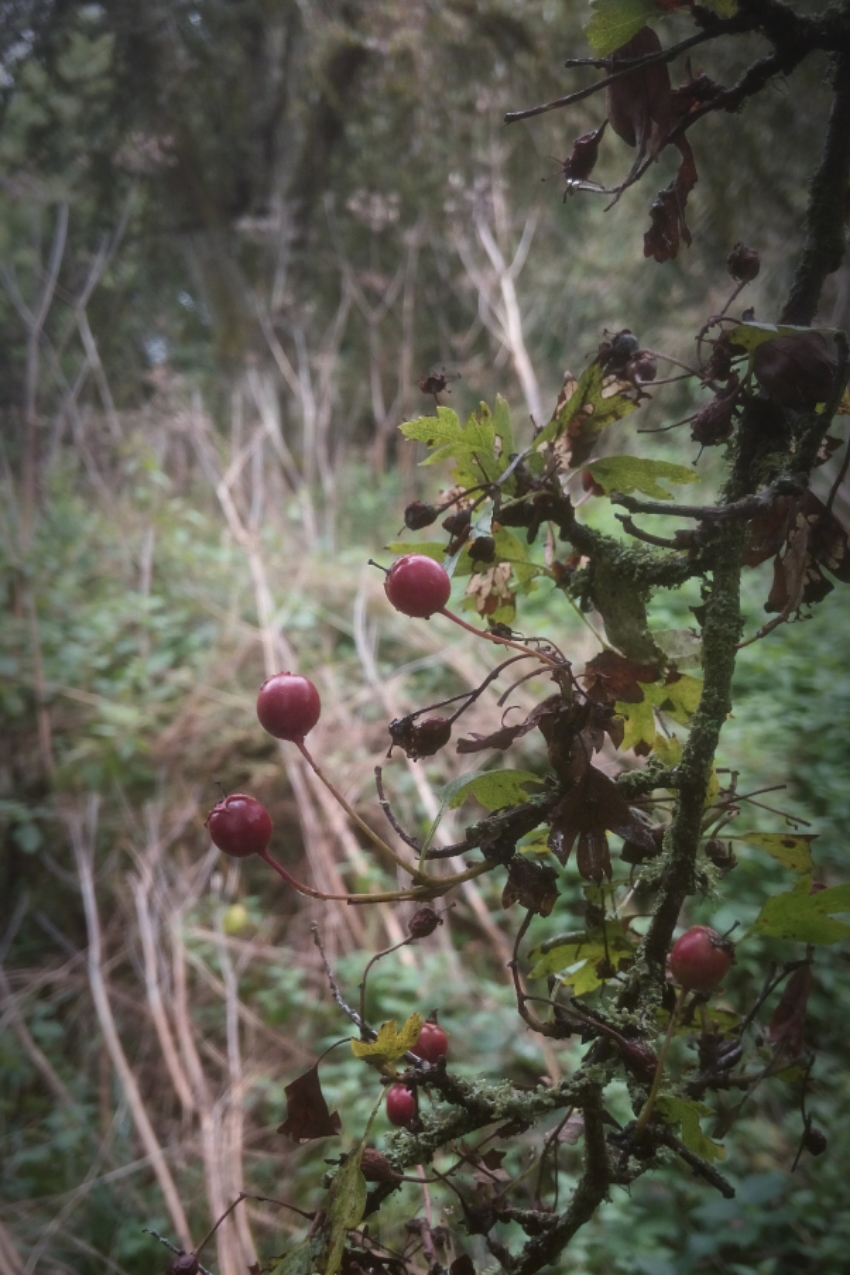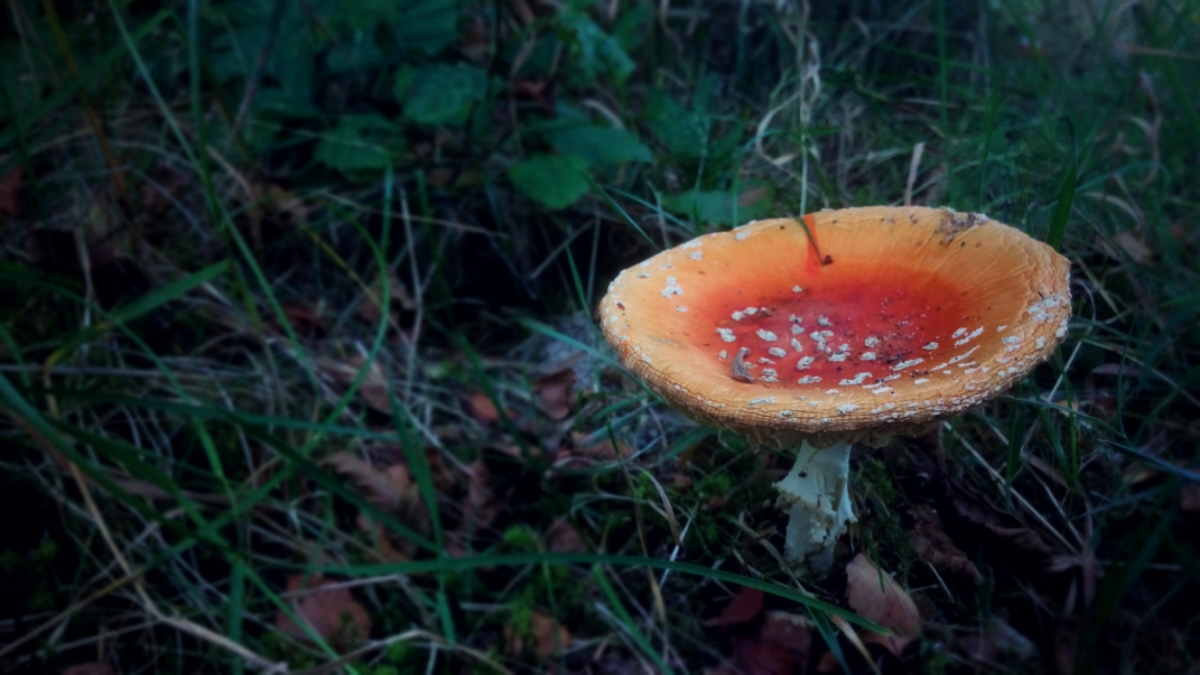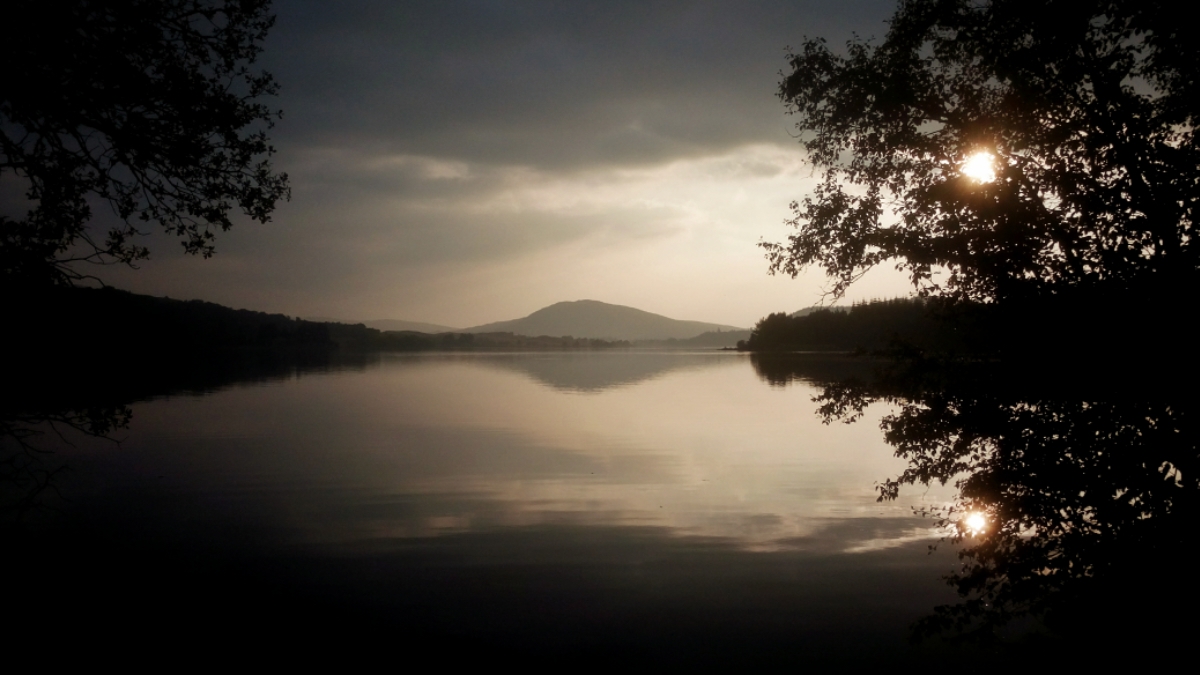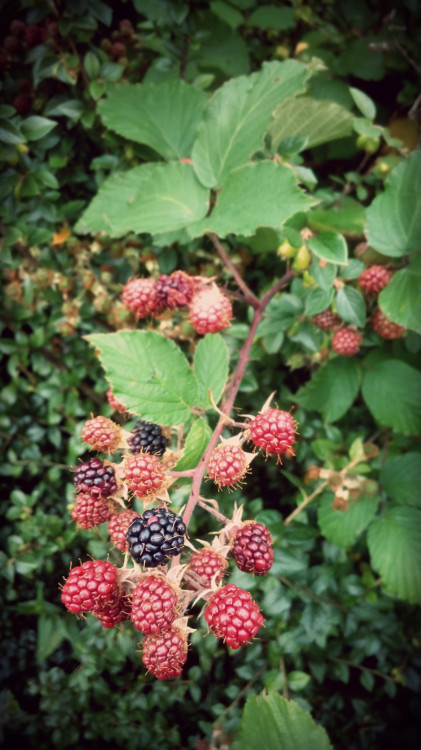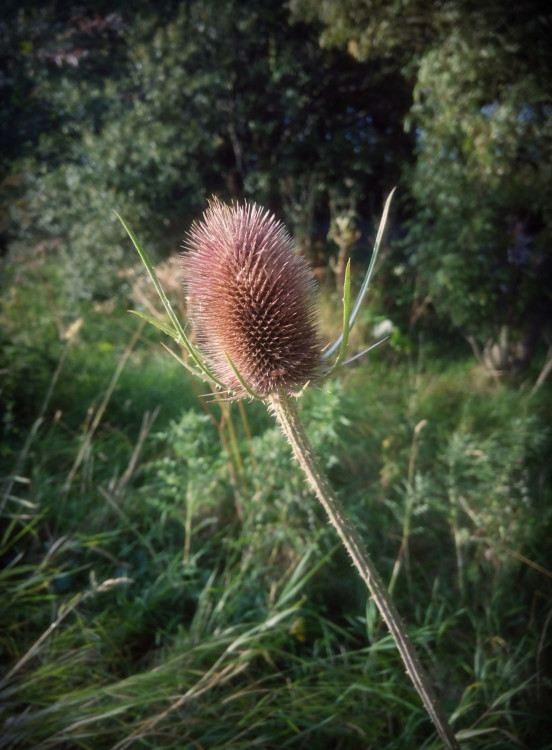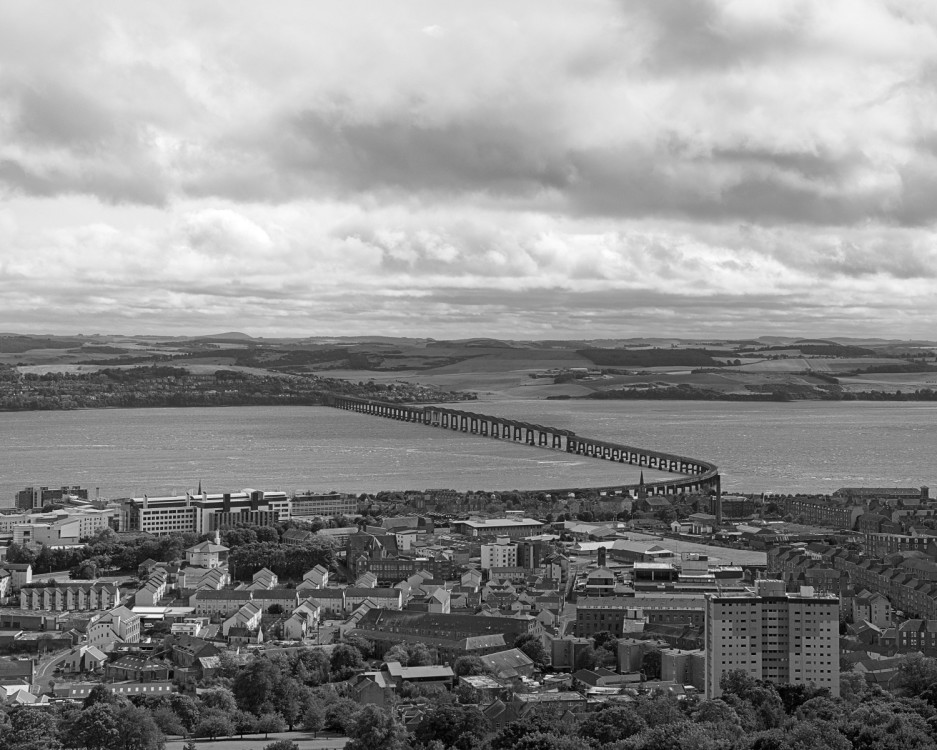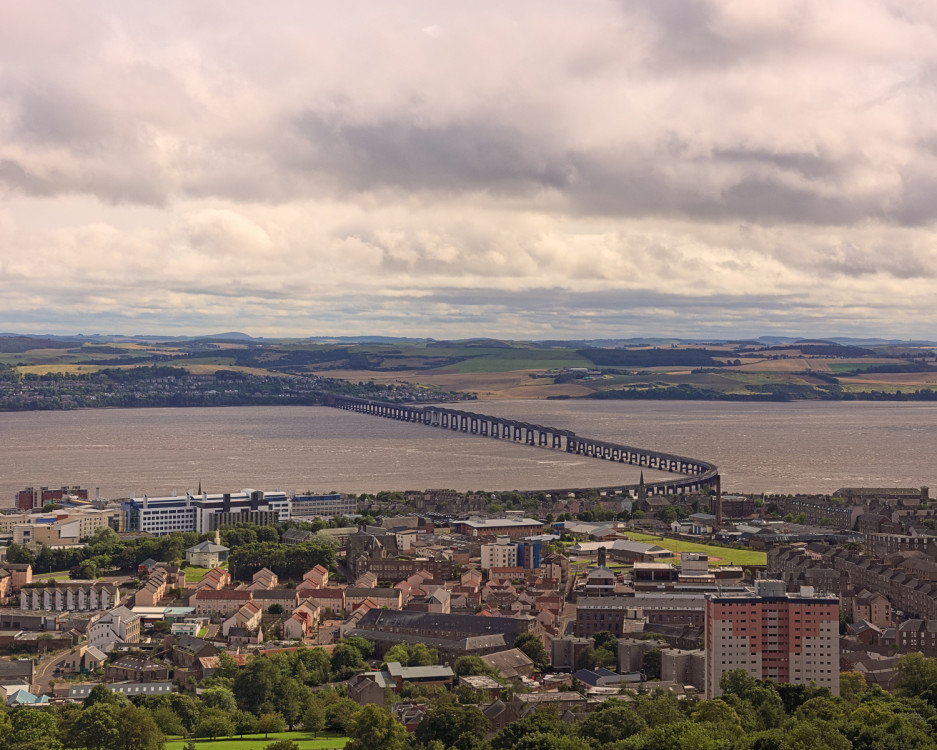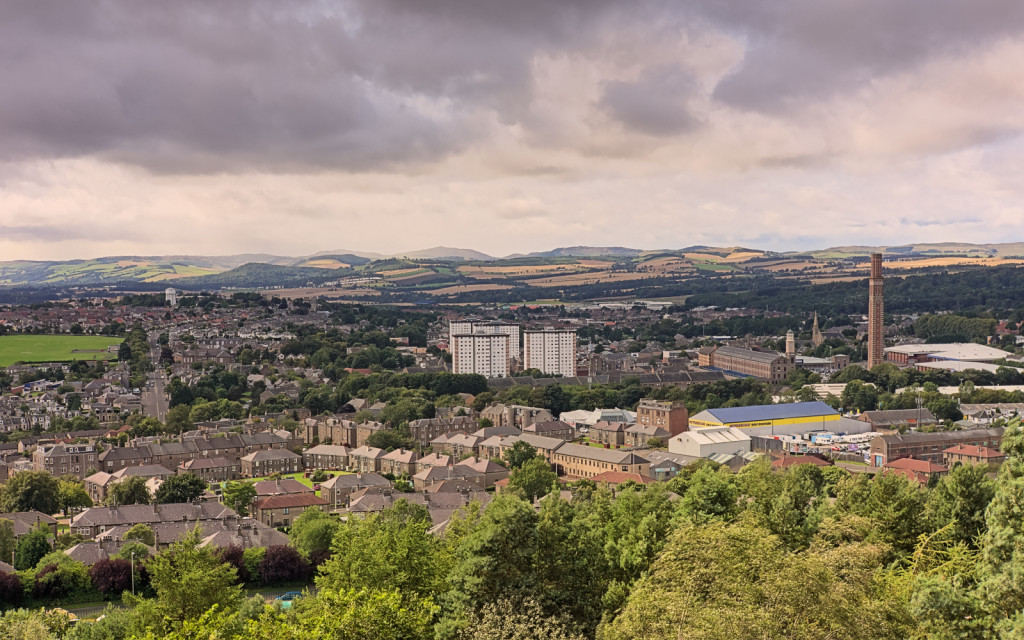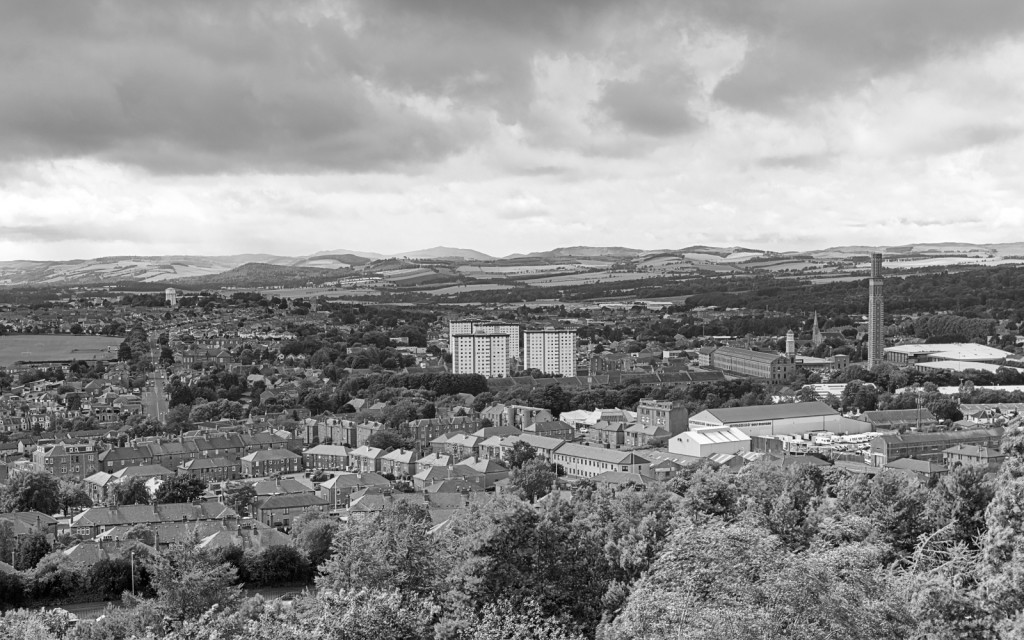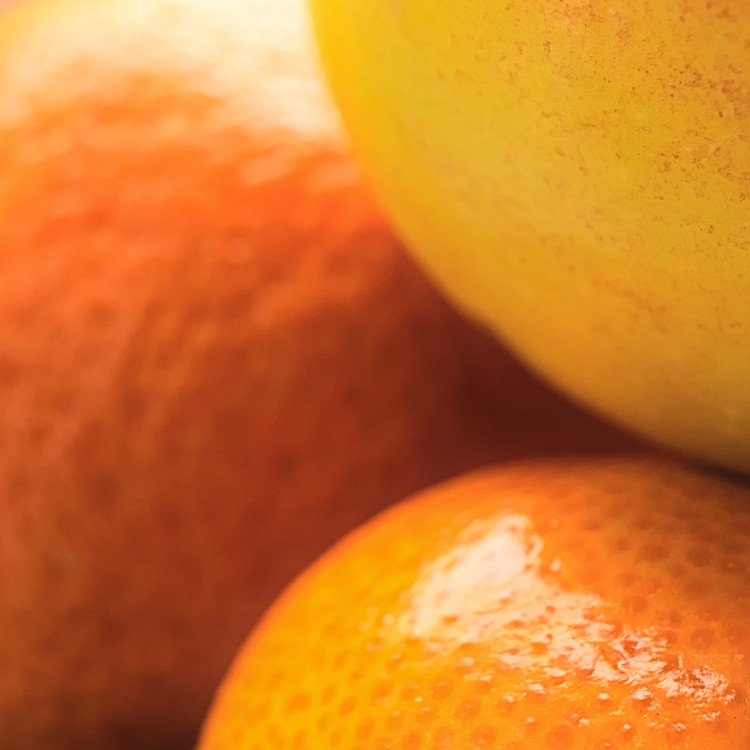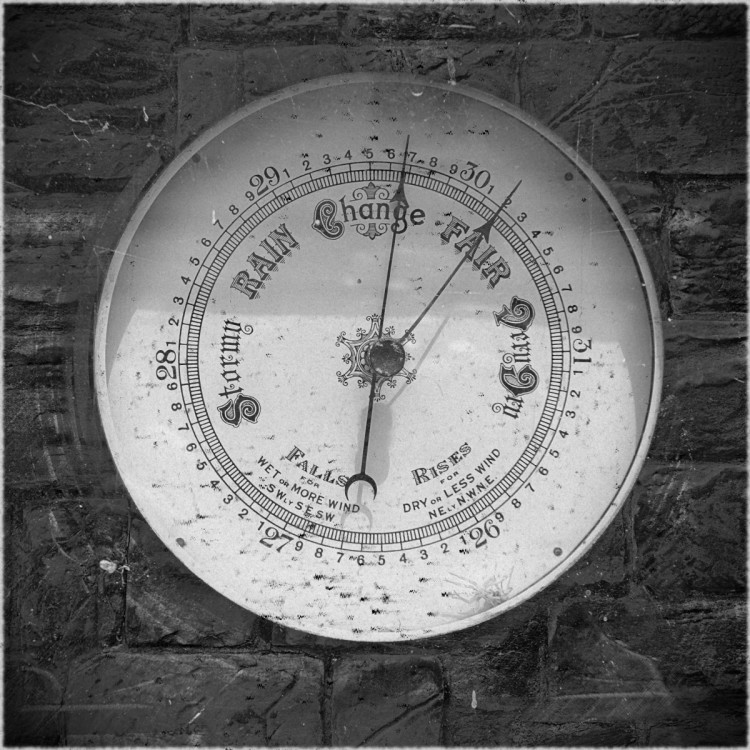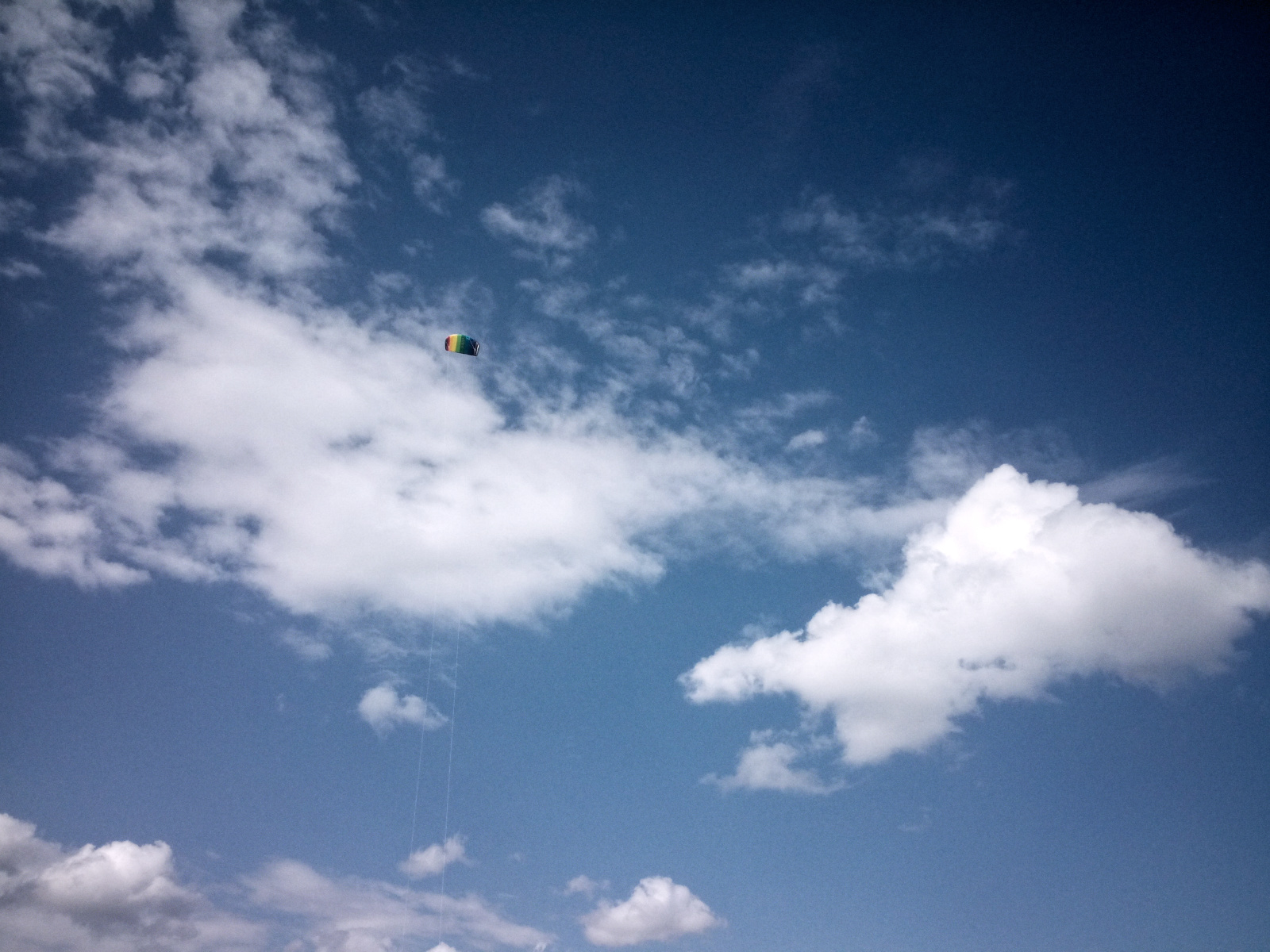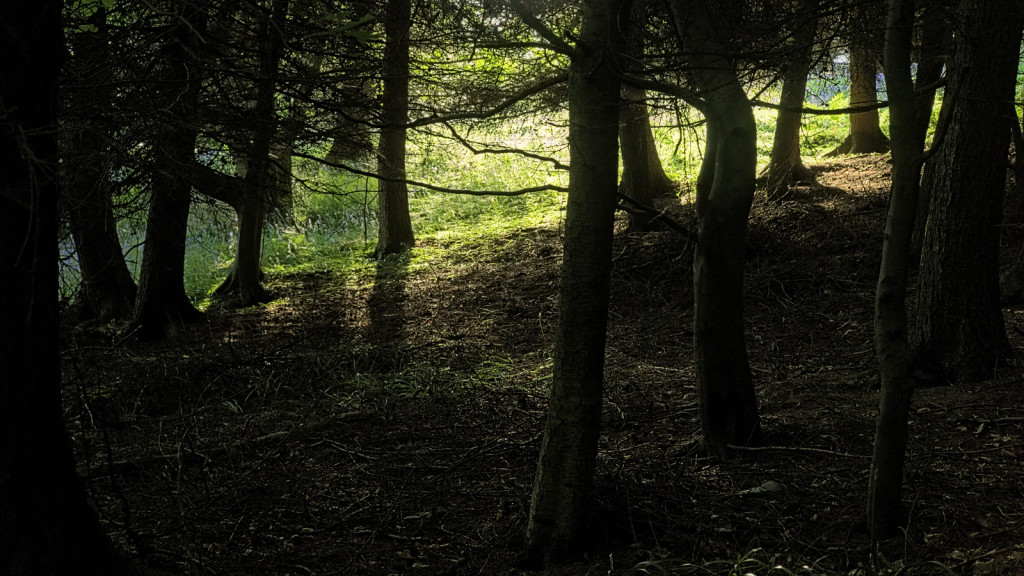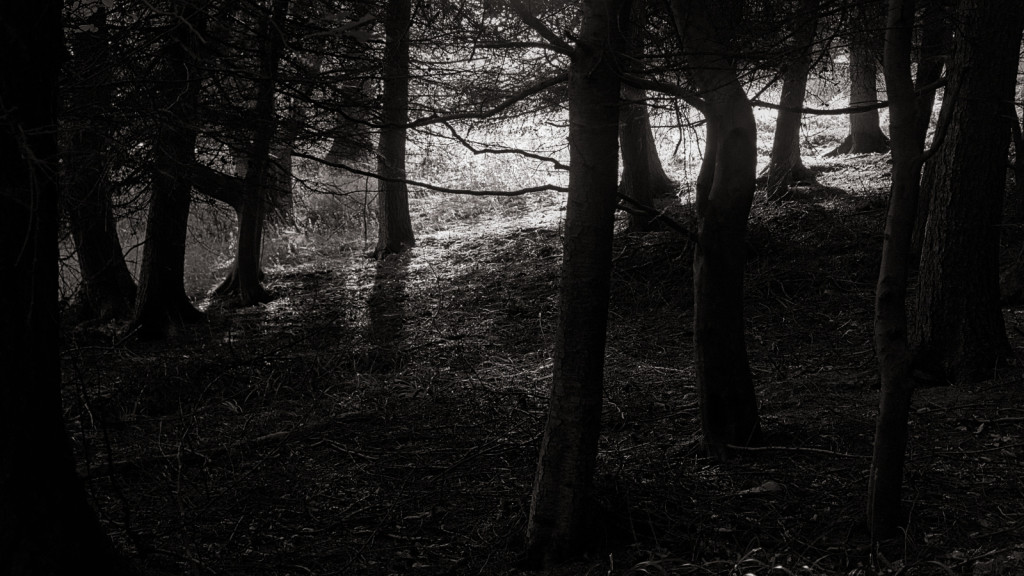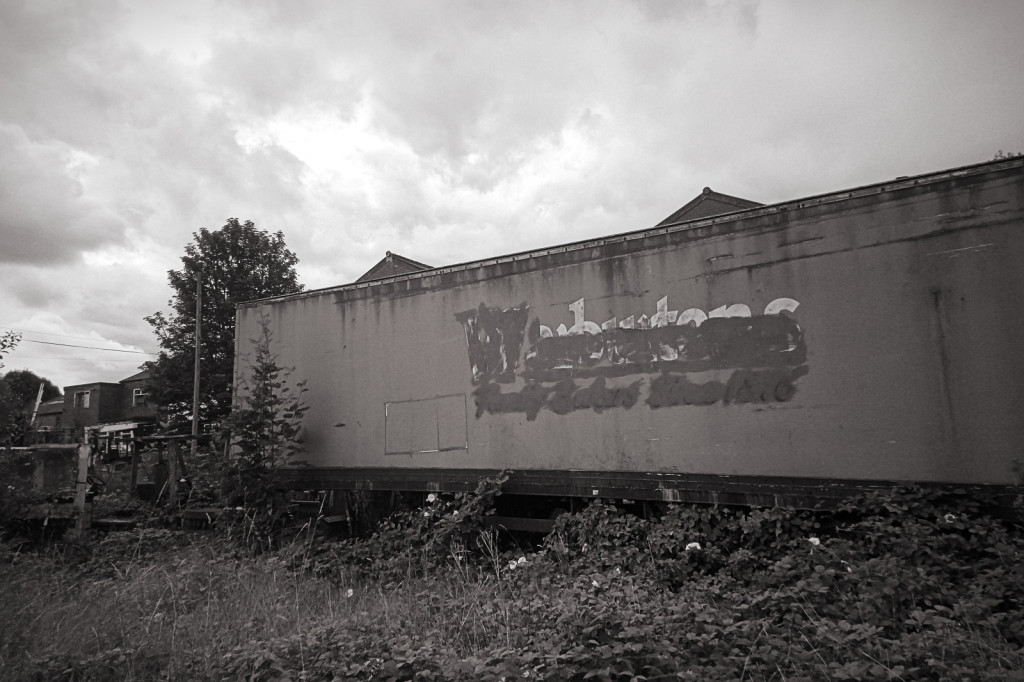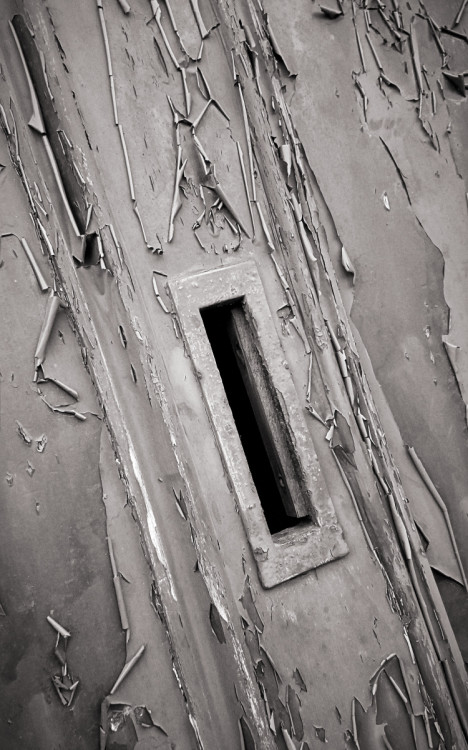More seasonal colours – red hawthorn berries seen on a walk in local woods.
Category Archives: nature
Seasonal Delight
Stillness
Cauldron Falls, West Burton
One of my favoured parts of North Yorkshire’s scenery is the well-known waterfall at West Burton. Always good for a bit of classical landscape photography, exploring both context and closeup (“intimate landscape”); it’s also quite fun to compare with other people’s views of the same location, although I envy anyone who manages to get good light in such a location.
The Uses of Karst Landscape
Karst topography is a landscape formed from the dissolution of soluble rocks such as limestone, dolomite, and gypsum, characterised by underground drainage systems with sinkholes, dolines and caves and other features typical of such erosion.
A few weeks ago, Dad and I went for a drive around North Yorkshire, most particularly to the Butter Tubs – named either because they look like butter-tubs, or for the story that travellers used them to keep tubs of butter cool. They takes the form of a noteworthy (and mildly scary) pattern of crevices in the limestone about 20-25m deep, where the softer limestone rock of Hood Rigg has eroded away. The surrounding landscape affords a pleasant view where the Cliff Beck wends its way between the hills of Thwaite Common and Muker Common.
Plus the area was humourously(?) known as “Cote du Buttertubs” in the 2014 Tour de France that started in Yorkshire.
Seasonal (2): blackberries
Seasonal (1): Teasel
Around Dundee Law
A couple of photos from around Dundee Law:
looking south across the River Tay
The radio transmitter on top of the Law:
Looking west over Lochee, with the Menzieshill Water Tower and Camperdown Jute Mill across to Perthshire hills in the distance:
Sony NEX-7, 2-stop circular polarizer filter, HDR +/-1 EV.
Sundown on Portpatrick
A few photos from a walk around Portpatrick on a sunny evening, starting with the Royal Navy helicopter practising for Lifeboat Week, taking in some favoured old haunts and seascapes.
Video:
Squaring the Spheres
A few weeks ago I ordered a pair of extension tubes for the Sony NEX-7; today I got around to experimenting with them for the first time. It’s quite scary seeing so much dust on the live-view LCD panel and realising it’s actually on the front of the lens.
Two tangerines and an apple.
Change to Fair
…and send it soaring…
Colour or Black and White?
No doubt this is one of the oldest conundrums, generally long-since answered. The conventional approach is that black&white is meant to be an end in itself (a choice made at the time of shooting rather than an option or fallback in processing), in order that the eye be drawn to forms and shapes and textures, appreciated for their own sake without the distractions of realistic colour. As such, you’d expect most images to work either as black&white or as colour; it can also be somewhat annoying when one sees an image presented in more than one way as though the photographer couldn’t decide. It’s even more irksome when you are that photographer. Today I reprocessed an image taken a couple of months ago, and was struck by how it looked in the intermediate colour form before applying the intended toning.
In this case, I contend the two images both stand alone independently well, and they convey different things; further, the the colour gives a means of distinguishing the silhouetted trees from the surrounding foliage that the black&white image does not, making it look moodier.
Nocturnal Visitor
A hedgehog living in the parents’ garden – a delightful honour to see the wee thing strolling around of an evening, chomping on the crunchy food left out.
Yay hedgie!!
Wabi-Sabi
Appreciating the aesthetics of brokenness and decay in suburban Yorkshire.
Wabi-sabi is a Japanese concept, an appreciation of beauty in imperfection, seen for example in reconstructing tea cups from broken crockery fragments, contrasting with Western ideals of unblemished perfection.
